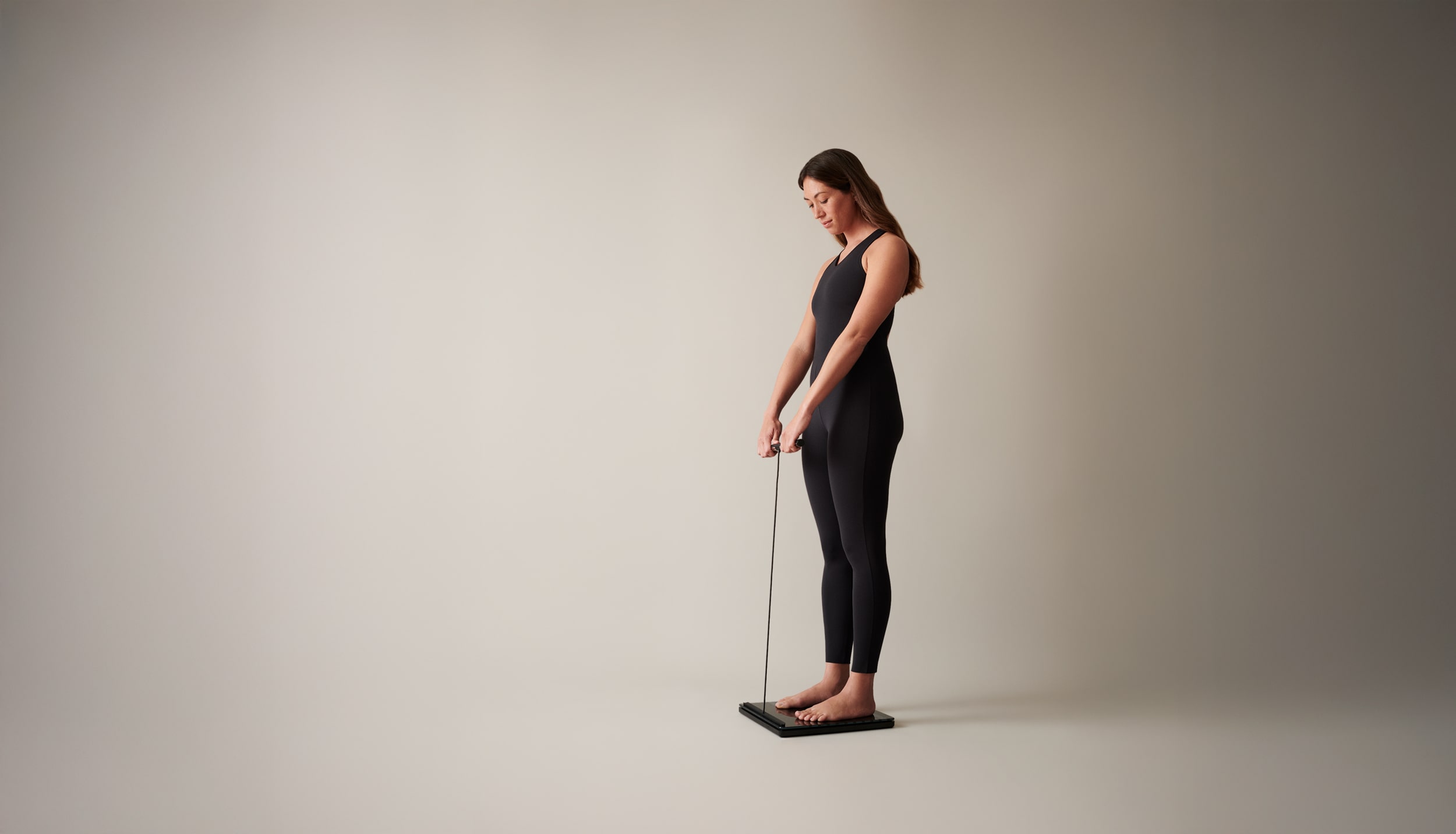
Healthy body composition: What it is and how to improve it
What is body composition? Learn how to measure it, what defines a healthy body composition, and tips to improve your fat, muscle, and water...
Before you continue
Website version do not match with your country.
Pricing and product availability may vary by region.


Bioelectrical impedance analysis (or BIA) is a simple and non-invasive test measuring how low-voltage electric currents circulate through the body with the help of electrodes.
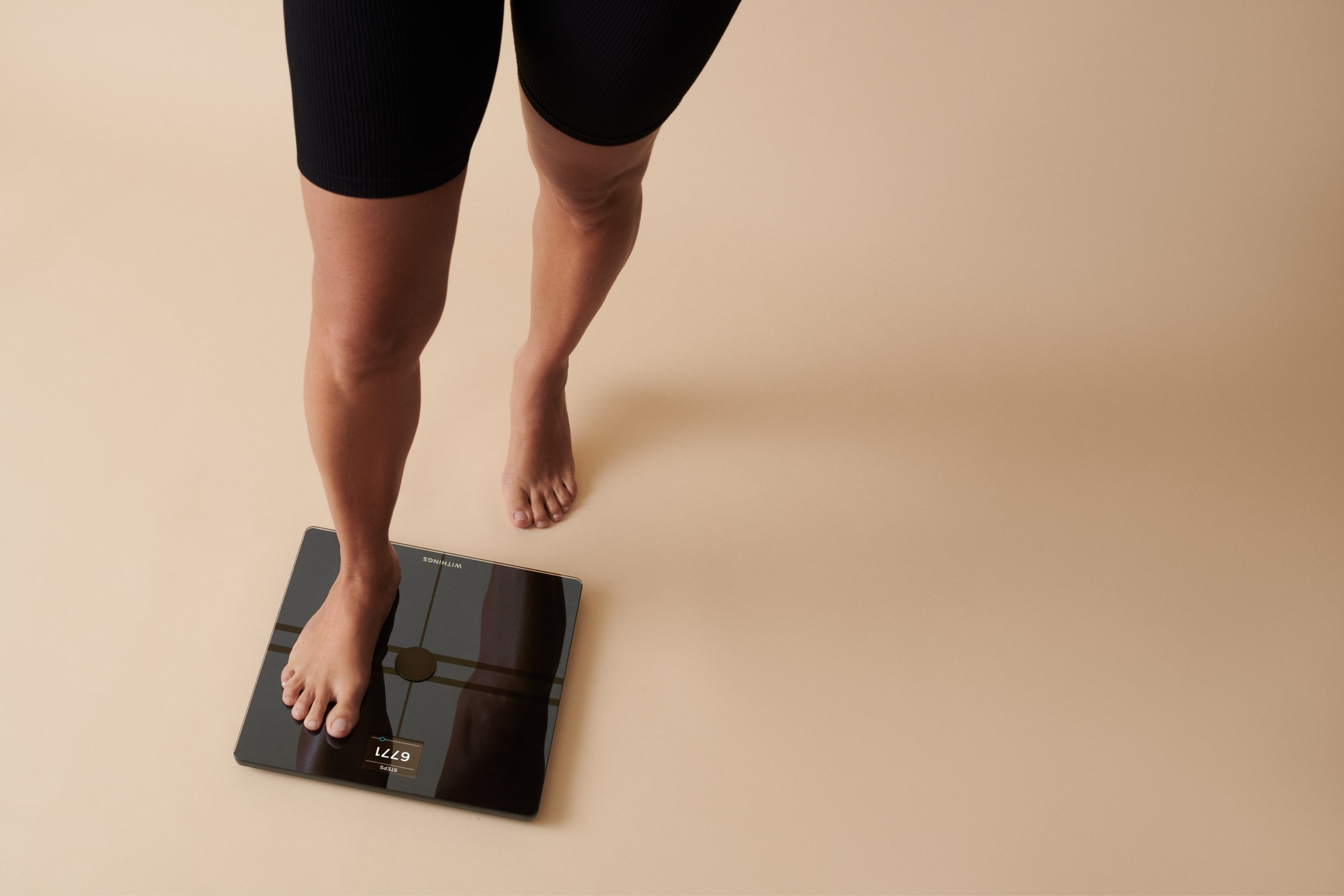
Because BIA helps to distinguish how body fat, muscles, and body water are distributed in your body tissues, it is widely used to determine your body composition. When there is too much fat in relation to lean body mass, it is known as “altered body composition.” While many people focus only on weight, altered body composition is known to increase one’s risk for a variety of diseases, including cardiovascular disease, type 2 diabetes, and hypertension. Therefore, BIA can be a critical assessment of your health. Here’s what you should know about the BIA method, history, accuracy and potential bias.
Bioelectrical impedance analysis (BIA), or bio-impedance, is the measurement of the resistance of biological tissues to the flow of a low-voltage current.
The human body is composed of different types of tissues, which have different levels of electrical conductivity. With a voltage around 70 microamperes (μA), the current will go mainly through the most conductive tissues, such as water or muscles.
By measuring the voltage drop between source and receiver electrodes, BIA determines the resistance level of these tissues to the passage of the current.
Called “impedance,” this resistance (Z) corresponds to the ratio of the voltage (V) measured between 2 points in contacts with the tissue, on the intensity (I) of the frequency to the current applied to this tissue.
The impedance calculation is then Z=V/I.
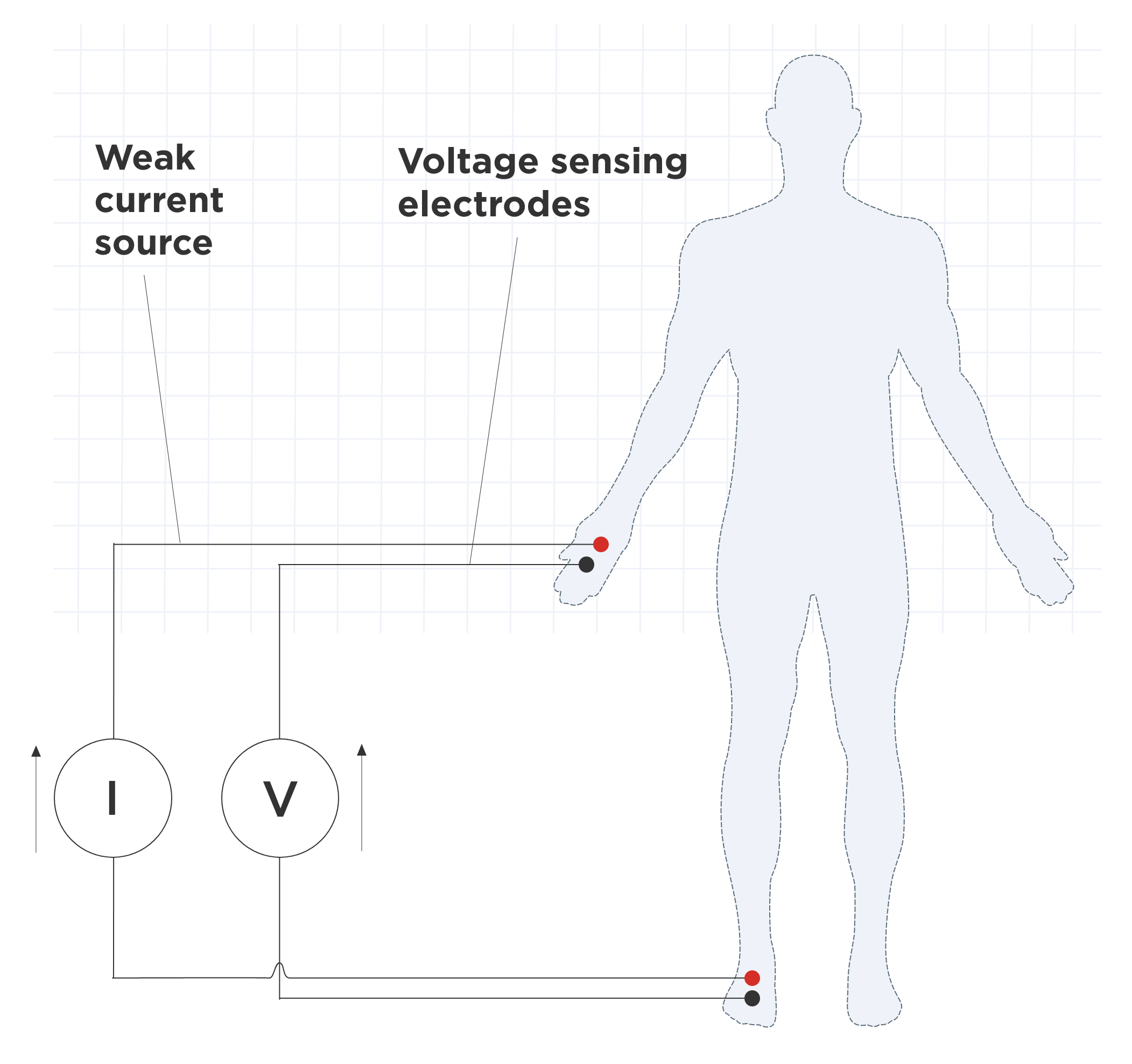 A four-electrode configuration for BIA between the right arm and right leg.
A four-electrode configuration for BIA between the right arm and right leg. Although the first electrical impedance tests date back to Georg Simon Ohm (1788-1854), its application to the human body and the measurement of biological tissues was theorized in the second half of the 20th century.
In 1962, in a paper entitled "Bioelectric properties of tissue. Impedance measurement in clinical medicine". Significance of curves obtained, the French physician Thomasset first introduced a method using two electrodes, comparing two current frequencies to allow any doctor to calculate lean body mass and obtain a satisfactory estimate of a patient’s nutritional status.
With time and a growing interest in body composition, other methods emerged. In 1994, the National Institutes of Health (NIH) agreed on a technology assessment, whose purpose was to "provide physicians with a responsible assessment of bioelectrical impedance analysis (BIA) technology for body composition measurement (source).
Bioelectrical impedance analysis is now widely used in the medical field to distinguish the amount of body water, body fat and skeletal muscle in a body.
The analysis first obtains total body water (TBW). This is the amount of fluid that can be found inside and outside your body cells. For an adult, total body water represents 45 to 60% of total body weight.
The other components—with more insulating properties such as body fat or skin—will be more “resistant,” meaning that they conduct electricity less effectively.
Using ratios of bioelectrical impedance measured at a separate frequency, complex equations then estimate the amount of fat-free mass within the body. The amount of body fat is finally deducted from the total weight.
Note: Bioelectrical impedance is also a method used in cardiology to assess pulse wave velocity, another biomarker that determines the stiffness of the arteries to infer cardiovascular health.
 In fatty tissue, the resistance (or impedance, or "Z") is high, and measured current flow (V) is low.
In fatty tissue, the resistance (or impedance, or "Z") is high, and measured current flow (V) is low. 
In muscles or water, there is less opposition to the current flow, so the measured current (V) is higher and impedance is low.
The signal used in bioelectrical impedance analysis is totally safe and painless for both adults and children, but note that bioelectrical impedance is not recommended for people with pacemakers.
On one hand, many scientific publications attest to the reliability, precision and accuracy of the BIA method in providing valid estimates of total body water in individuals.
On the other hand, there is still a need for standardization and consensus on certain factors that may alter the test results. Some of these factors are described in a study published in The American Journal of Clinical Nutrition entitled “Clinical characteristics influencing bioelectrical impedance analysis measurements.”

Healthy body composition: What it is and how to improve it
What is body composition? Learn how to measure it, what defines a healthy body composition, and tips to improve your fat, muscle, and water...
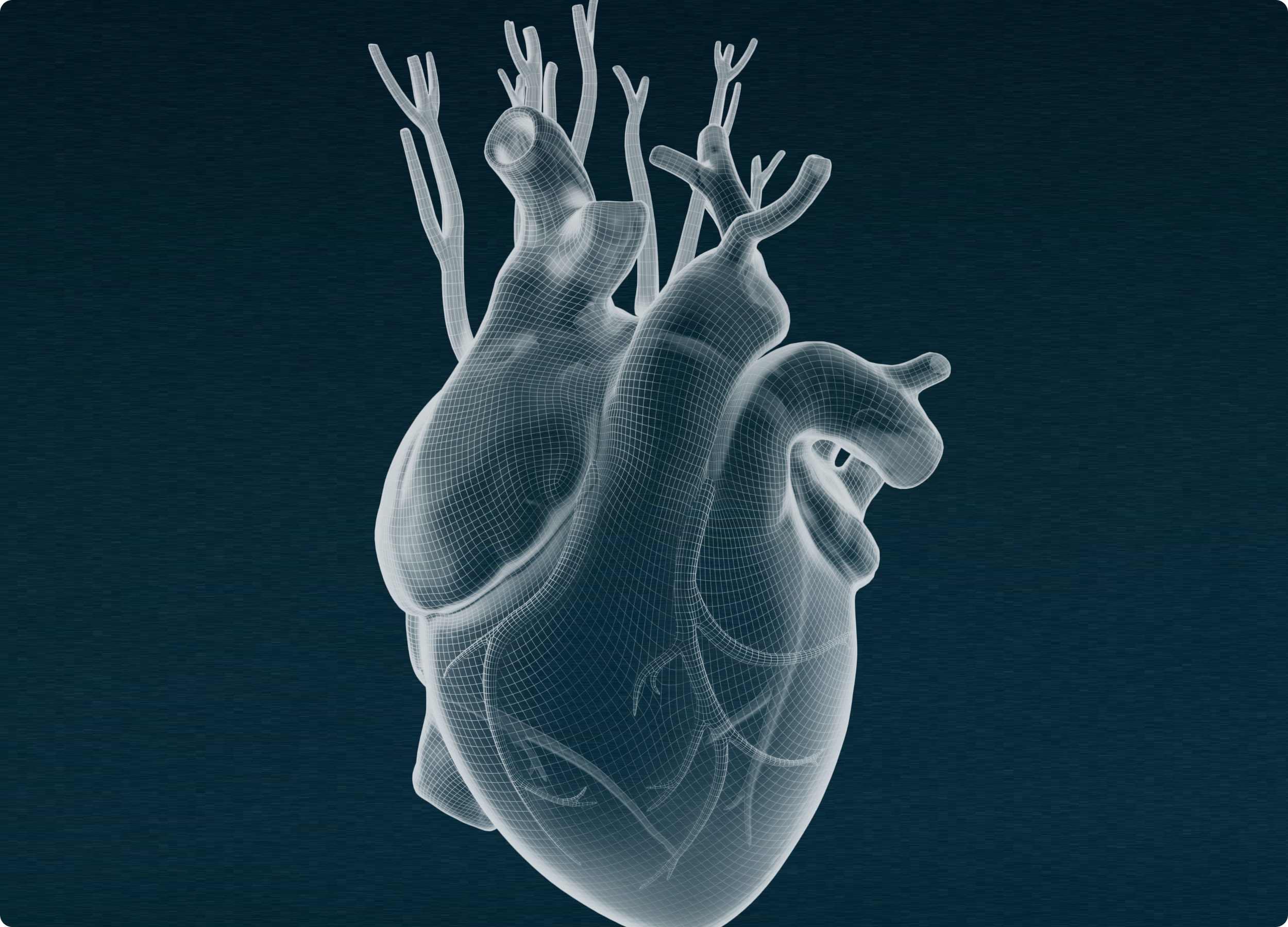
AFib: Atrial fibrillation symptoms and diagnosis
What is AFib? Learn about atrial fibrillation, its signs, symptoms, and risks like stroke or heart failure, plus how to detect and manage...
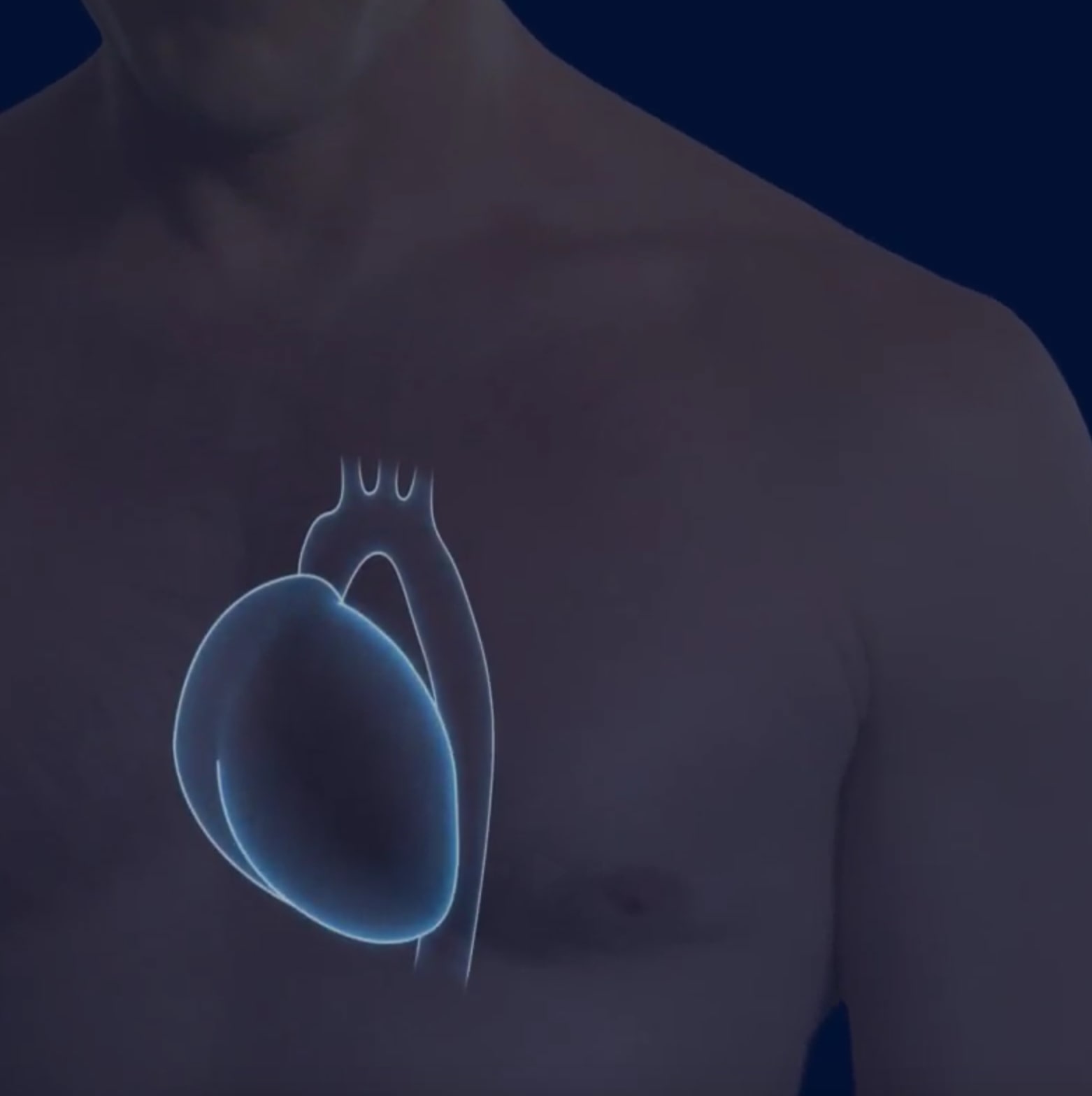
Pulse Wave Velocity: Measurement, Devices, and How to Reduce It
Pulse Wave Velocity is an innovative metric used by the medical community to assess cardiovascular health. Now available on Body Scan, the...
Factors that may affect BIA analysis include:
Environment
Changes in the skin temperature due to the environment where the measurement is taken are thought to impact skin surface impedance, as detailed in a science paper published in the Journal of Applied Physiology: "Controlled ambient and skin temperatures should be included in the standardization of BIA measurements."
Hydration
Because muscles are largely composed of water, dehydration decreases the amount of fluids and electrolytes that might lower the conduction of these tissues. As a result, fat-free mass is more likely to be underestimated. Hydration levels vary widely throughout the day, which explains why consistency is an important factor in accurate BIA estimation.
Age
A 2017 study published in the Journal of Bodywork and Movement Therapies, "Body composition estimation in children and adolescents by bioelectrical impedance analysis: A systematic review", demonstrated a perfect correlation between BIA-based body composition estimation in children with reference methods. However, fat-free mass is still often underestimated in children.
Massive obesity
Because the equations that interpret the fat-free mass based on total body water results rely on reference population segments, the body composition estimate might be inaccurate for people considered to be overfat. A study entitled “Evaluation of visceral fat in massive obesity” indicated that an “underestimation of fat mass in obese subjects, and the error becomes greater with increasing BMI.”
Metal implants
People wearing metal implants may experience an underestimated body fat reading. However, this reading will remain constant over time, so they can successfully track their changes in body composition.
Many devices have been designed to measure bioelectrical impedance with increased accuracy and convenience over the years. Using the same measurement method, they mainly differ in terms of the number of electrodes and which section of the body is being measured vs. which one is being estimated.
Beyond the design of these devices, what matters is also the nature and complexity of the algorithm performed to estimate total body water and fat-free mass based on the received frequencies. To build these algorithms, scientists use body fat standards that can vary.
Using smart scales to measure your body composition can help you reliably and cost-effectively track changes if the measurement remains at a consistent level.
These scales have the ability to send the electrical current up one leg and down the other leg. Before using, users must set their age, height, and sex.
Also called hand-to-hand impedance devices, they measure arm and upper trunk bioimpedance.
These common BIA devices are composed of four electrodes, each of which are placed on half of the body (left or right), sending a current from the arm through the body and down the leg.
The Direct Segmental Multi-Frequency BIA (or DSM-BIA) is the most advanced, and also the most expensive, device providing bioelectrical impedance analysis. This device divides the body into 5 segments and independently measures the impedance for each segment.
Bioelectrical impedance analysis (BIA) remains a quick and safe method for estimating body composition in adults. This is why this cost-effective alternative is widely used in clinics and in sports medicine and other health-related fields. Many research efforts are yet to agree on a standard that can help correct the remaining questions of interpretation bias when using the BIA method. However, consistency in measurements accurately helps to detect variations, which makes it easy for anyone to track changes in body composition.
Join millions of users who are improving their health with Withings. Sign up to discover the entire Withings ecosystem, our latest products, and exclusive offers.
By registering, you agree to receive advertising e-mails from Withings. However, if you change your mind, you can unsubscribe at any time.